There has been a lot of talk about gluten in recent times and there has been an emphasis on gluten diets and products. But what do we really understand about gluten. It might be a good idea to know about gluten: the facts.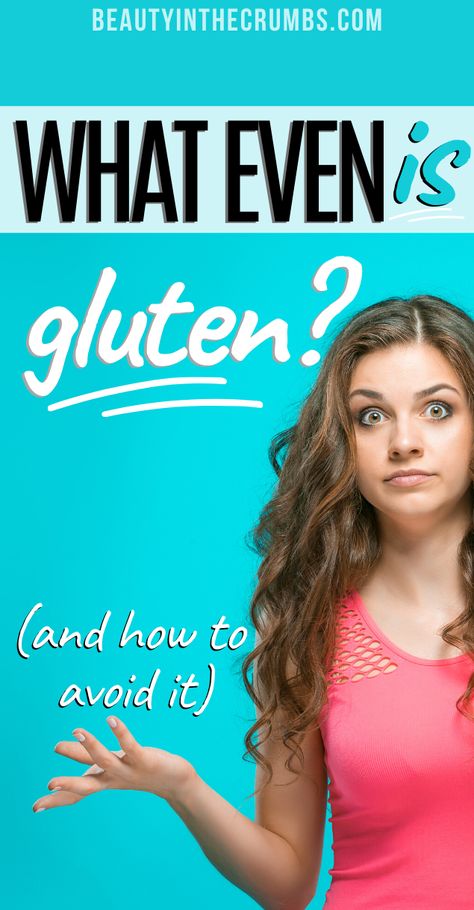
There is a controversy concerning Gluten these days. The majority claim that it is safe for all except those who have a condition known as celiac disease. On the other hand, other health professionals believe that gluten is harmful for most people. So let’s examine gluten.
What is gluten and why is it bad
Gluten is a family of proteins found in grains such as wheat, barley, rye, spelt and sometimes oats. Of the gluten-containing grains, wheat is undoubtedly the most commonly ingested.
The two (2) main proteins in gluten are glutenin and gliadin. Gliadin is the ingredient responsible for most of the negative health effects.
When flour is mixed with water, the gluten proteins form a sticky compound that has a glue-like consistency. This glue-like property makes the dough elastic, and provides bread the capacity to rise when baked. It also provides a chewy, satisfying texture.
Why is it bad?
For starters, most people tolerate gluten just fine. But, it can cause difficulty for people with certain health conditions. This includes celiac disease, gluten sensitivity, wheat allergy and a few other diseases.
Celiac disease – is an autoimmune disease that causes people to become intolerant to gluten. It is a chronic digestive disorder resulting from an 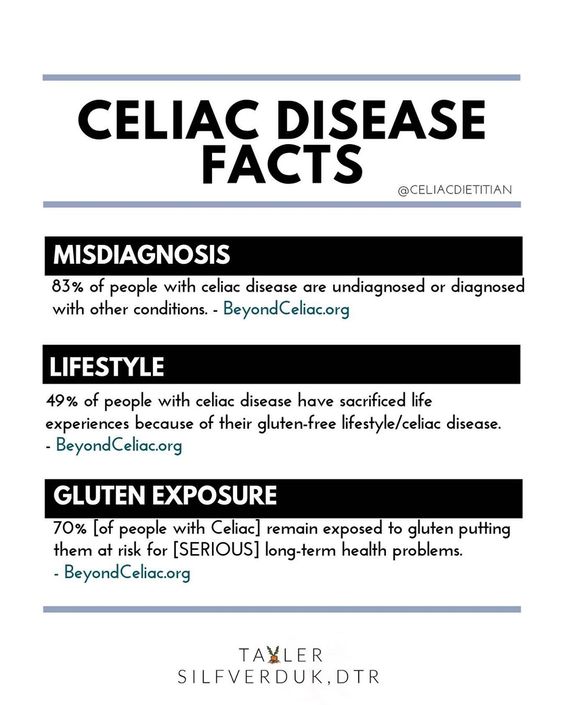 immune reaction to the protein gliadin. It entails inflammation as well as destruction of the inner lining of the small intestine which can lead to the non-absorption of nutrients and minerals commonly known as malnutrition.
immune reaction to the protein gliadin. It entails inflammation as well as destruction of the inner lining of the small intestine which can lead to the non-absorption of nutrients and minerals commonly known as malnutrition.
Symptoms can include chronic diarrhea, weight loss, and fatigue. In some cases, the only symptom is anemia. Some individuals may have no symptoms, or may not appear until later in life.
Celiac disease affects less than one percent of Americans. It can affect a person of any age who is hereditarily inclined, but it frequently begins in middle infancy. It is a permanent disorder and the only treatment at present is a gluten free diet.
Gluten sensitivity – If an individual has symptoms of celiac disease and has negative test results, they could be gluten sensitive.
Wheat allergy – is one among the foremost common childhood food allergies, but it affects adults also. An individual with a wheat allergy has a specific antibody to a wheat protein, and at times more than one. However, a wheat allergy is not the same as celiac disease.
Gluten can cause other long-term issues. See the featured video for more on this.
The solution
If an individual thinks they react negatively to gluten, they should consult with their doctor to see if they have celiac disease. If that’s ruled out, a gluten-free diet may help to establish if they’re actually gluten intolerant.
It is important to note that avoiding gluten means more than giving up traditional foods like pasta, pizza, cereals, beer and breads. Gluten also languish in many other products, including soy sauce, frozen vegetables in sauces, foods made with “natural flavorings,” vitamin and mineral supplements, some medications, and even toothpaste. Suffice it to say, this makes following a gluten-free diet extremely challenging.
It’s also important to know that it can set one up for some nutritional shortages. For example, fortified breads and cereals have become a major source of B vitamins in the United States. Although breads made with rice, tapioca, and other gluten-free flours are have become more common, they’re generally not fortified with vitamins.
This can be a problem for anyone, but it’s particularly troublesome for women who are pregnant or may become pregnant. They need vitamin B9, more commonly referred to as folate or vitamin Bc, to avert birth defects. Taking a gluten-free multivitamin-multimineral supplement is also a good idea for anyone trying to avoid gluten.
Whole wheat is also a major source of dietary fiber, which is required for the bowels to work properly. It’s possible to get the fiber one needs from other grains, such as brown rice or quinoa, or from fruits, vegetables, and beans, and that is something that needs to be pursued. The average American diet is deficient in fiber to begin with and without it the problem gets worse.
If one supposes to have celiac disease or gluten sensitivity, it’s best to see a physician before going gluten free. Once an individual has avoided gluten for a period of time, it becomes difficult to determine if he or she has either of these conditions. The reason is because the antibodies needed for accurate results have most likely been depleted.
If determined that diet is the way to go, the following foods are viable sources of wheat proteins and should be avoided:
- breakfast cereals
- sauces, soy sauce, Worcestershire sauce, gravies, and condiments, such as ketchup
- A majority of baked products, including cookies, cakes, donuts, muffins, crackers, pretzels, waffles, and bread
- beer, ale, root beer
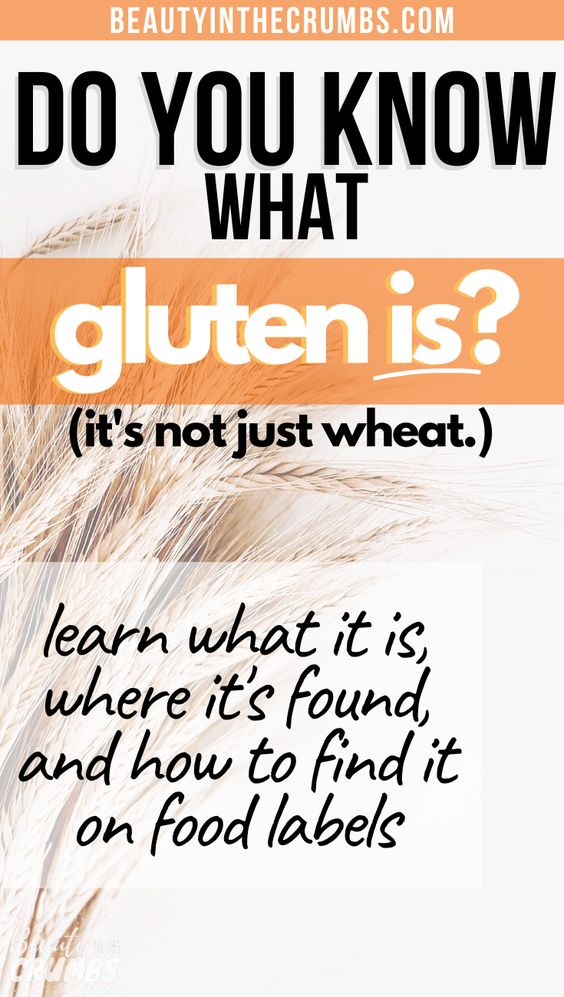
- hydrolyzed vegetable protein
- coffee alternatives, malted milk, and instant chocolate drink mixes
- couscous, pasta, and noodles that are made with wheat or semolina
- ice cream and ice cream cones
- dumplings
- vegetable gum
- gelatinized starch and modified food starch
- processed meats, such as hotdogs
- meat, crab or shrimp substitutes
- monosodium glutamate
- natural flavorings
As you can see, the list is very extensive. Most of which are everyday products for us. Therefore, before undertaking such an endeavor as this, be sure it’s the correction course of action.
Gluten free foods
If one must go the gluten free route, all is not lost. There’s a host of items to choose from.
Let’s start with whole grains:
- wild rice
- brown rice
- buckwheat
- tapioca
- quinoa
- sorghum
- millet
- teff
- amaranth
- arrowroot
- oats
One thing to take notice of is the importance of checking food labels when buying whole grains. Gluten-free whole grains are often contaminated with gluten, if they are processed in the same facility as gluten-containing foods.
One example would be oats which are frequently processed in facilities that also process wheat. This will likely cause cross-contamination. Therefore it’s best to verify that the oats purchased are certified as gluten-free.
Fresh fruits and veggies are a winner
- apples
- bananas
- bell peppers
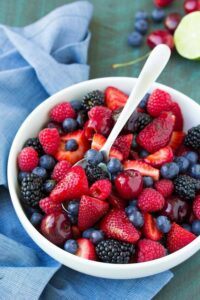
Gluten Free! Antioxidants galore! - berries
- carrots
- citrus fruits, including oranges and grapefruit
- cruciferous vegetables, including cauliflower and broccoli peaches
- green beans
- greens like spinach, kale, and Swiss chard
- mushrooms
- onions
- pears
- radishes
- starchy vegetables, including potatoes, corn, and squash
Items in this category to use caution with include:
Ready chopped fruits and veggies – They can be cross-contaminated with gluten conditional on where they were prepared.
Frozen fruits and veggies – These may contain added sauces and flavorings
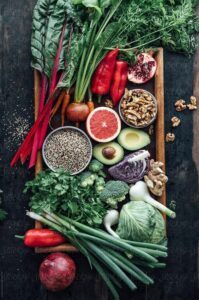
and may contain gluten. Plain frozen versions are in general gluten-free.
Dried fruits and veggies – Some may include gluten-containing ingredients. Plain, unsweetened, dried fruits and vegetables be likely to be gluten-free.
Canned fruits and veggies – They may possibly be canned with sauces that contain gluten. Fruits and vegetables canned with water or natural juices are likely to be safe and gluten-free.
Proteins may be tricky and must be picked carefully
- seafood (fresh fish, scallops, shellfish)
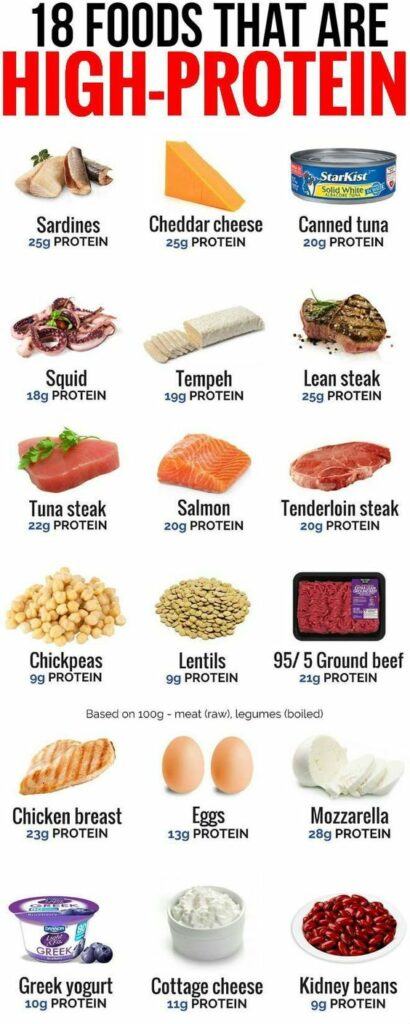
- red meat (fresh beef, pork, lamb, bison)
- legumes (beans, lentils, peas, peanuts)
- traditional soy foods (tofu, tempeh, edamame, etc.)
- nuts and seeds
- poultry (fresh chicken, turkey)
Pay close attention to these proteins
- processed meats, like hot dogs, pepperoni, sausage, salami, and bacon
- lunch meats or deli cold cuts
- ready-to-eat proteins, like those in microwavable TV dinners
- ground meats
- meat substitutes, like vegetarian burgers
- proteins are combined with sauces or seasonings
Avoid these proteins at all cost
- seitan (a vegan meat substitute made entirely out of hydrated gluten)
- any meat, poultry, or fish that has been breaded
- proteins that are mixed with wheat-based soy sauce
Dairy works too. Most dairy products are gluten-free. But, the ones that are flavored and contain additives should be double-checked, which include:
- flavored milks and yogurts
- processed cheese products, such as cheese sauces and spreads
- ice cream, which is usually mixed with additives that contain gluten
Dairy product to avoid
- Malted milk drinks
Dairy products that are gluten-free
- yogurt
- milk
- butter
- sour cream
- cottage cheese
- cheese
- cream
Fats and oils that are Gluten-free
- butter and ghee
- olives and their oil
- avocados and avocado oil
- coconut oil
- vegetable and seed oils, including sesame oil, canola oil, and sunflower seed oil
Fats and oils are naturally gluten-free. But in some cases, additives that contain gluten are mixed with fats and oils for flavor and thickening. It’s prudent to double check these:
- cooking sprays
- oils with added flavors or spices
Beverages
- water
- 100% fruit juice/drink
- lemonade
- coffee
- tea
- sports drinks, soda, and energy drinks
- some alcoholic beverages, including wine, hard ciders, and beer made up of gluten-free grains, such as buckwheat or sorghum (a cereal plant)
Double-check any beverages with additional flavorings or mixtures, such as
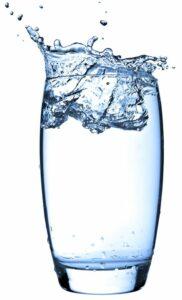
coffee coolers, distilled liquors, such as vodka, gin, and whiskey — even when the label states gluten-free, as have been known to trigger a reaction in some people, and smoothies that are pre-made .
- Avoid these beverages at all cost
- beers, ales, and lagers made from gluten-containing grains
- non-distilled liquors
- other malt beverages, like wine coolers
Spices, sauces, and condiments
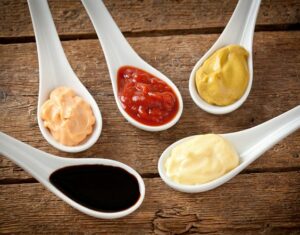
Spices, sauces, and condiments frequently contain gluten but are usually overlooked.Although most spices, sauces, and condiments are naturally gluten-free, gluten-containing components are sometimes added to them as emulsifiers, stabilizers, or flavor enhancers.
Some common gluten-containing ingredients added to spices, sauces, and condiments include modified food starch, maltodextrin, malt, and whole wheat flour.
Gluten-free spices, sauces, and condiments
- coconut aminos
- tamari
- white vinegar, distilled vinegar, and apple cider vinegar
Double-check these
- Worcestershire sauce
- salad dressing
- tomato sauce
- pasta sauce
- relish and pickles
- barbecue sauce
- mayonnaise
- ketchup and mustard
- dry spices
- salsa
- gravy and stuffing mixes
- stock and bouillon cubes
- marinades
- rice vinegar
Avoid these
- malt vinegar
- wheat-based soy and teriyaki sauces
Ingredients
Additionally, be on the lookout for these ingredients to verify if an item contains gluten
- wheat-based ingredients, like wheat protein as well as wheat flour
- modified food starch and maltodextrin (if made up of wheat, it’ll be specified on the label)
- emulsifiers (will be specified on the label)
- soy or teriyaki sauce
- gluten stabilizer
- malt-based ingredients, including malt vinegar, malt extract, and malt syrup
Closing points
Basically, to be safe, any pre-cooked or pre processed item is worth additional evaluation. If there’s doubt if a product contains gluten, it’s best to contact the manufacturer to be sure.
Wheat, rye, and barley are the main foods that require to be kept far away from while following a gluten-free diet. Bear in mind that gluten is additionally usually added to processed foods, like canned and boxed products.
Please feel free to leave any question, comment or concern below.
Good Health!!
I have never been worried about gluten, but this is good information to read. It makes sense that people with certain health conditions have an intolerance for gluten. I had heard of how it could affect people with celiac disease, but I didn’t know much about it. When I looked at your list of foods to be avoided, I was a little shocked, it is quite long! That makes it very challenging to adapt your diet, doesn’t it? I love pizza, I think most people do, but I think that nowadays more gluten free products are being offered in grocery stores, aren’t they? Although I don’t pay much attention to whether a product has gluten or not, I have noticed several products in stores that are gluten free, which is great, I think.
Hi Christine – Yes, avoiding gluten can be quite challenging. Thanks for commenting!
I love this! I have not been diagnosed with celiac disease, I have, however, been on thyroid medication for years for a sluggish thyroid! No dietary changes recommended by my doctor, merely pills to stimulate the thyroid. And so I did some research. I found that, being hypothyroid, many sites recommend going “gluten free” as well. I have had issues in the past with gluten-free [I do love breads, especially my home made}, and yet, each time I had some bread, I would have diarrhea and feel just awful! Doing my own research, I tried gluten free, and found my energy levels increased, as well as the diarrhea [i]decreasing[/i]. So thank you so much for your informative article on gluten!
You’re welcome Leona. I hope your improvement continues!